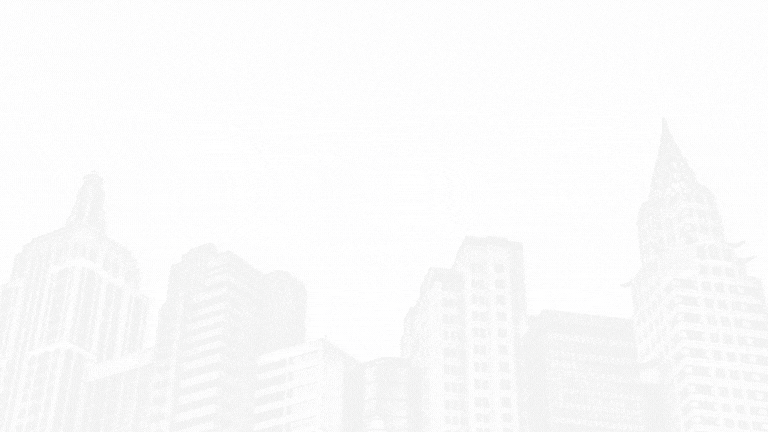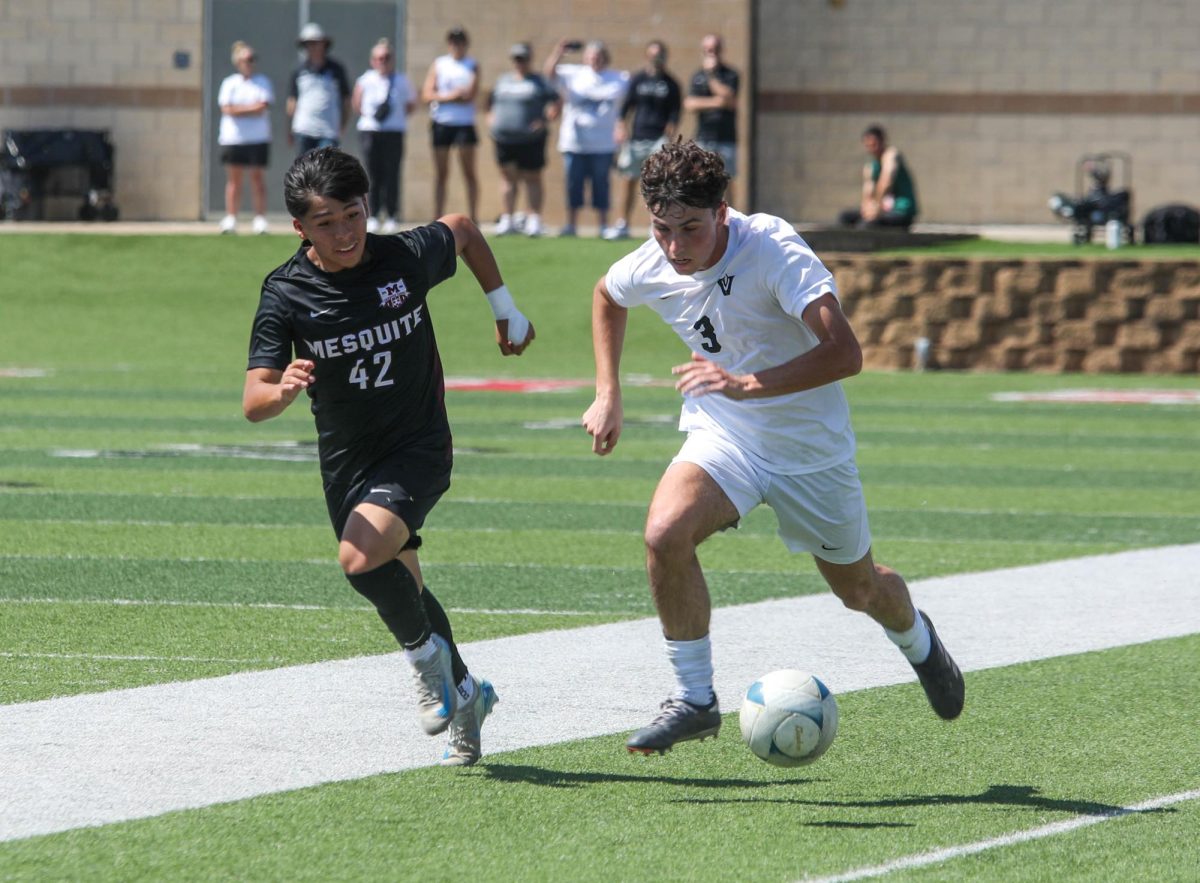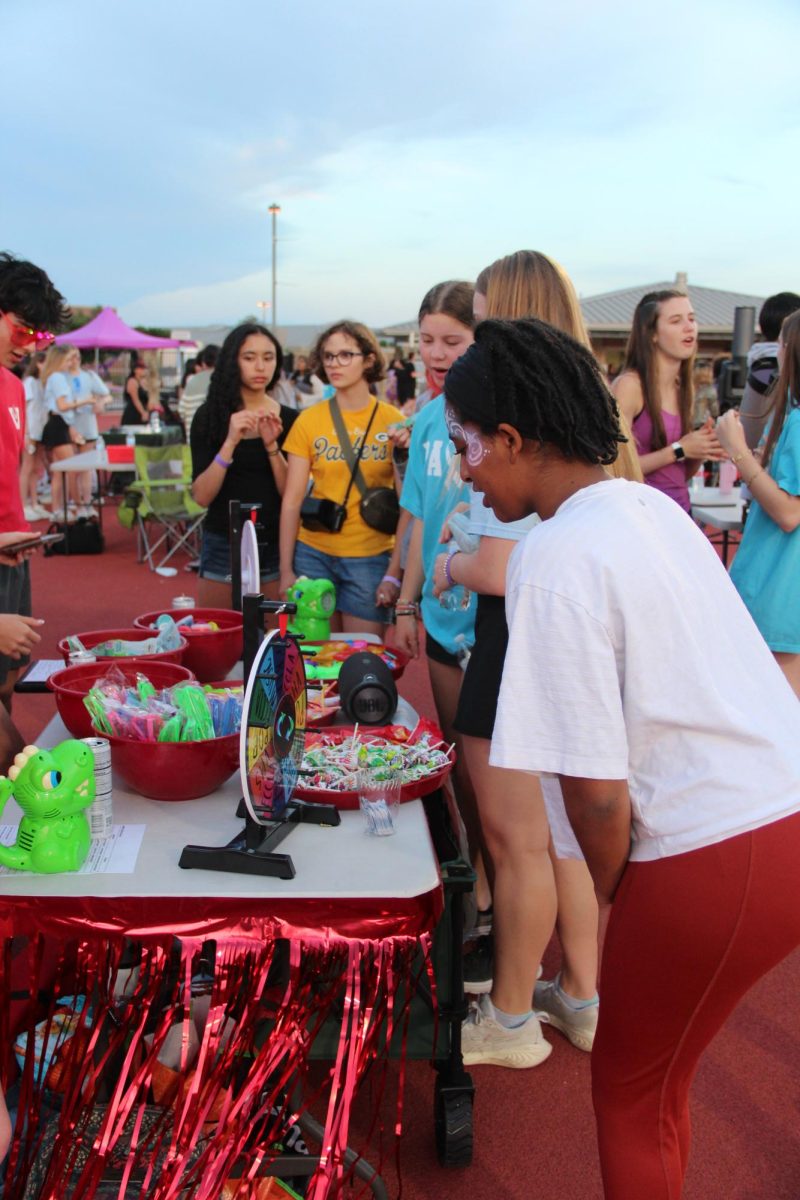A student lays in bed scrolling through social media after returning home from purchasing back-to-school essentials. Suddenly, they come across a worrisome post detailing the prospect of another possibility of school lockdowns.The culprit: a virus that has been around since the 1970’s but has recently become a growing issue, Monkeypox.
As school begins and students settle into their routines, they are confronted with the possibility of yet another disruptive lockdown. The cause of this national hysteria has been attributed to the discovery of a growing Monkeypox epidemic. Recently, Mpox has been declared a “public health emergency” by the World Health Organization (WHO).
The recent outbreak has reminded students of the restrictions and chaos of quarantine life, especially in the aspect of technology and social distancing.
“I was in 6th grade when the first lockdown hit. I did not like it at all, I couldn’t find any motivation,” junior Sena Baag said. “I think that if I lost my junior year to another lockdown, I’d be devastated.“
Although the world has finally transitioned into a phase where the freshness the last quarantine has started to fade into memory, the remnants of COVID still linger for students, from extreme social and economic disruptions, to the profound effect that social distancing has had on the younger generations, most notably in a mental aspect.
“Some memories of quarantine are like a blurry nightmare. My mental health was at a low and there are gaps of time I can’t remember,” senior Maia Thompto said. “Being social kept me from losing track of the days, and for that I’m thankful.”
Furthermore, the use of technology has skyrocketed since COVID. According to the National Library of Medicine(NLOM), internet service usage has increased from 40% to 100% compared to pre-quarantine. This technology includes social media programs like Instagram and Tik Tok. In terms of social media,the NLOM has released a study suggesting that it can be linked to negative social comparison, psychological distress and depression.
In fact, many teenagers who are aware of the Mpox epidemic have found out due to these social media platforms.
“I think [social media] put a lot of people into a worse mindset,” sophomore Sunaina Dewagan said. “because all they see is what other people are doing.”
While mental health is a large issue in relation to social media, the amount of time spent on it and in general its extent of prevalence in teenager’s lives is another issue concerning students.
“Daily I see people get entranced in a cycle of searching [for] and achieving instant gratification by taking the ‘perfect’ picture or getting lost in humorous feeds,” Thompto said. “Time gets lost and people lose self-awareness.”
Last quarantine, students felt a strain on their socialization, on and off line. Many students lost friends, activities, and even socialization skills. This problem still impacts students. “I wasn’t able to see my friends as much, [so] I was grateful to live close to some of them,” sophomore Neha George said. “Everyone was so isolated [so] you couldn’t see a lot of people and then [they] would try to isolate themselves after that as well.”
Distance learning was another extremely challenging part of quarantine. With everything happening so fast, suddenly adapting to a learning environment that was essentially barely supervised, taking place in the seclusion student’s bedrooms was not ideal for most. Still, some students find themselves still adjusting to an increasingly technological world.
“I don’t like doing things online,” Baag said. “I like writing my essays [on paper], I like bubbling in my answers. Distance learning definitely did not work for me.”
If that magnitude of social isolation were to take place again, a younger generation of students would be missing out to a much greater extent than their previous quarantine experiences.
“I wouldn’t be able to meet many new people,” Dewagan said. “A lot of opportunities & experiences that I could have, or [things like] travel- that would all be cut short.”
Although, with all of the chaos and “what ifs” encompassing this recent epidemic, it is crucial that students and parents are educated with the facts:
Texas specifically, has experienced a 76% increase in Mpox cases this year according to KXAN news. Texas is ranked 3rd currently in Mpox cases(3,163 as of 9/4/24) with New York ranking second (4,528 cases) and California taking the lead (6,160 cases).
For more information about the transmission, symptoms and vaccinations visit: CDC Mpox page
Students worried about Mpox closures should know that the National Library of Medicine has suggested that the death rate of the current epidemic is 0.03%. The CDC has also come out to say that school closures are not planned in the event of an outbreak.
Even though school closures are deemed unlikely, this situation has certainly prompted many students to reflect on the severity of impact that COVID had left on our world, perhaps to be better prepared in the event of another lockdown occurring.

(CDC)









